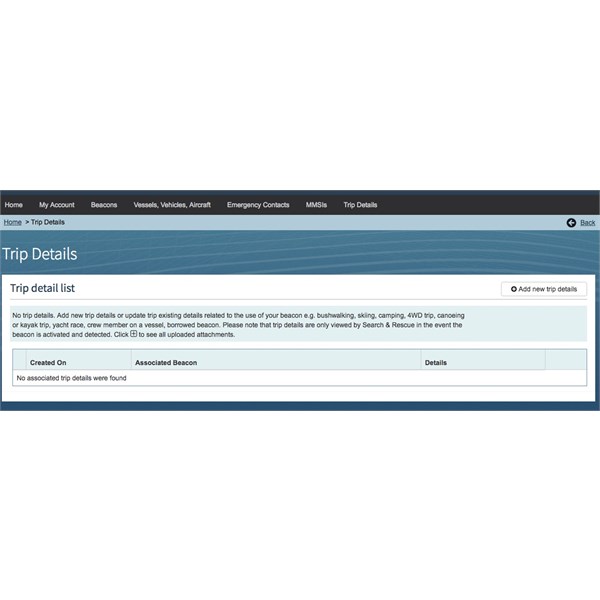
Help!
Another thread running currently and one that comes up from time-to-time is which PLB do I buy?
A good question, and you can read more about forumites thoughts on that
here.
So as not to detract from the topic of the other thread I thought it worth highlighting in a new thread once you purchase your PLB of choice you will need to register it with the AMSA and provide emergency contact details etc.
A great feature of your account with the AMSA is the ability to upload travel plans or detail a trip you are undertaking.
Let's face it, you've gone to the expense of purchasing a PLB so give the authorities as much
information as you can so they can quickly render assistance in your time of need. Let's hope you don't need it though, but just in case...!
In the event your
beacon is activated the first thing the AMSA will do is to review your account for emergency contacts and any trip or further
information you have entered.
And whilst they have a set protocol to follow once
beacon activation is detected, it will assist them and ultimately you, if they have current
information that you are travelling and that it correlates with the region where the
beacon has been activated.
For longer trips and expeditions I detail travel
information with approximate dates in an excel spreadsheet and upload into the AMSA website under “My Account”.
Hopefully some food for thought that may get assistance underway just that little bit quicker if you ever “hit that button”.
Good luck out there, Baz – The Landy

AMSA Trip